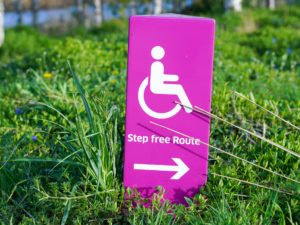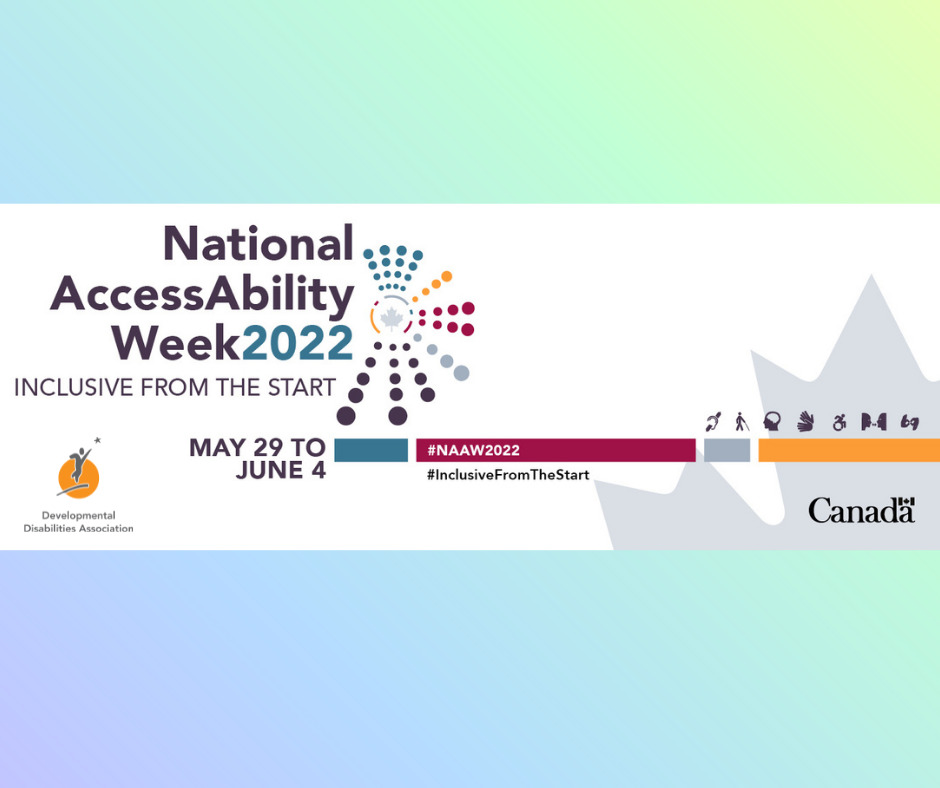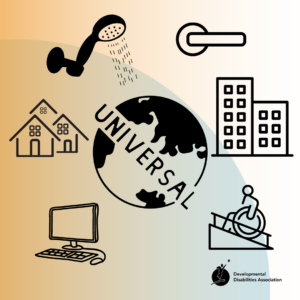Whether it’s for yourself, a roommate, a loved one, or just for visitors, making your home more accessible has never been easier. And if you own a business, your clients and employees will appreciate the thought and effort that go into making a space feel welcoming. Getting started can be a daunting task; to help out, we’ve made a list of a few tips for making your space more comfortable and accessible for all.
Stability first
A common essential for people who have mobility limitations are grab bars. They are vital in places like the bathroom, so consider installing them next to the toilet and the bathtub or shower. Consider adding seats in the bathtub or shower as well.
 Image from Pixabay
Image from Pixabay
Keep height in mind
For people who use wheelchairs, ensuring that appliances around the house are at an appropriate level is vital. From kitchen appliances to light switches, keep height in mind when deciding where to put devices around the house or office.
Different doorknobs
Often overlooked are the doorknobs. For people who have dexterity issues, round twist knobs can present challenges that lever-style don’t.
Sink space
When using counters or sinks, try to leave room beneath them for a wheelchair. Remember that the pipes beneath the sink can get hot, so keep the maximum heat set to a reasonable level so that nobody’s legs get burned.
 Photo by Yomex Owo on Unsplash
Photo by Yomex Owo on Unsplash
Ramp up
When someone is trying to get in your home or business, how easily can they reach the door? A ramp up to your threshold is very important for anyone with mobility constraints. There are a number of organizations in B.C. that do affordable ramp installation.
Breathing room
A wheelchair or walker user typically requires 32 to 36 inches of space in a doorway or hallway to adequately maneuver. A full renovation could be needed to make this change, but if your doorway is the problem, offset or swing-clear hinges can provide a few extra inches of space.
From the ground up
Take a look around your floors; are there any pieces of furniture that are blocking the way? Are the carpets fully pressed down, without any corners or edges bent up? Tripping hazards affect everyone. And consider eliminating carpets altogether; they add difficulty for wheelchair and walker users that hardwood won’t.
Lighting
The lighting in your home or office should be designed with height in mind. For people in wheelchairs, lights can shine unwelcome glare. While you’re working on lighting, consider how they are turned on and off as well. Not only with regards to height, but keep in mind people who have dexterity issues; lamps with larger buttons can make a big difference.
Voice control
The popularity of smart home devices has increased along with the advancement of the technology. These devices can make the management of lights, music, and phone calls completely voice activated and hands-free.
 Photo by Elizabeth Woolner on Unsplash
Photo by Elizabeth Woolner on Unsplash
Productivity accessibility
If you are running an office, consider different ways that employees can access their work material. Assistive technology can provide things like braille keyboards, screen reading software, assistive listening devices, and sign language apps.
Remote work
The recent expansion of remote work resources has meant easier access to employment for many people with mobility issues or auto-immune conditions. Though many businesses are moving back to in-person work, keep in mind employees that will have difficulty coming back to the office.



